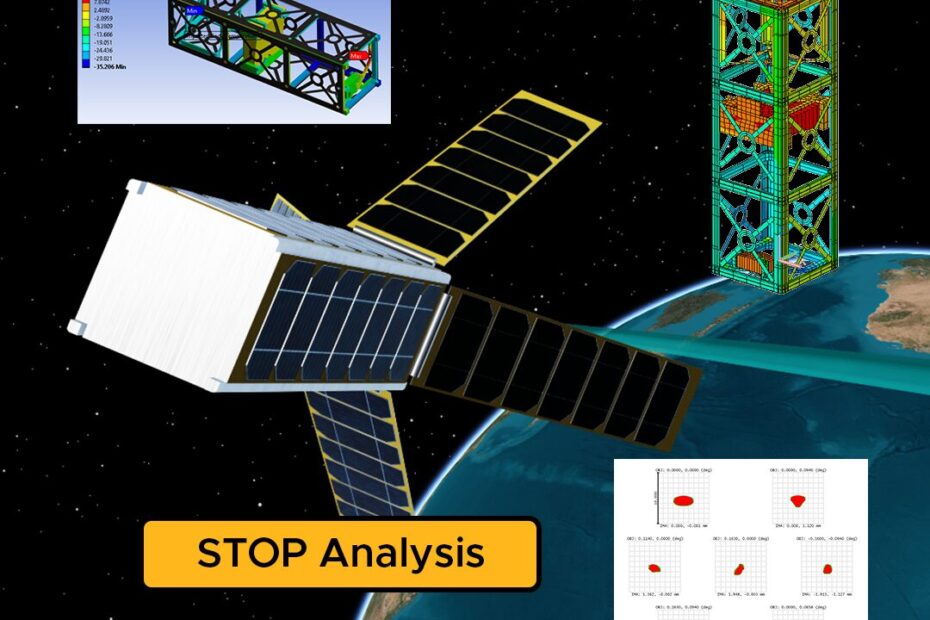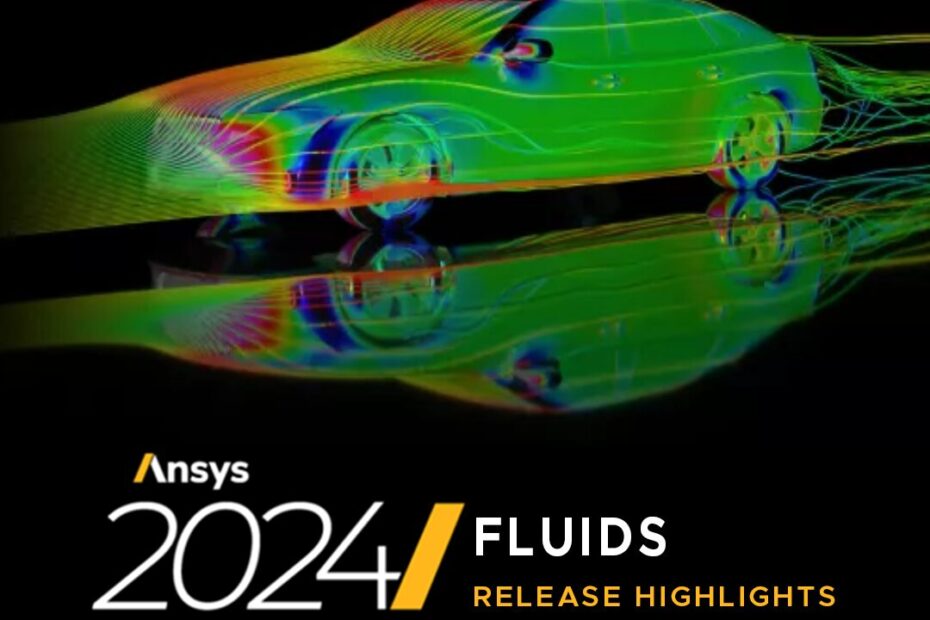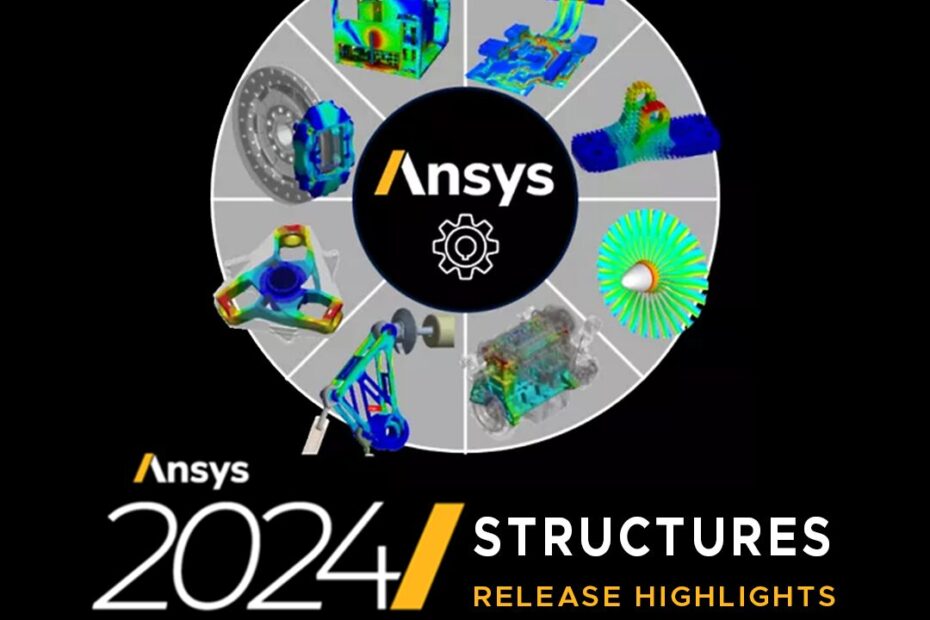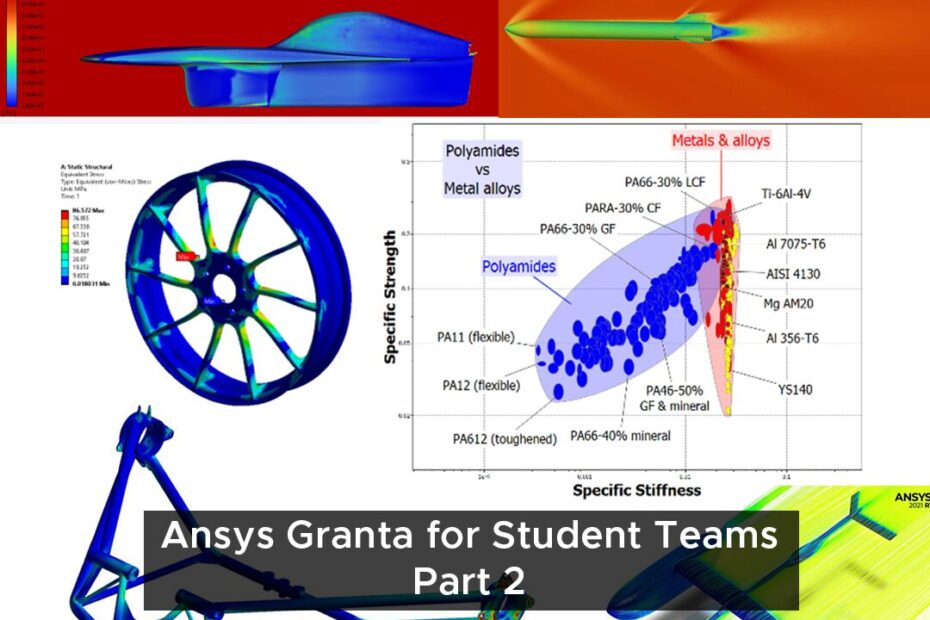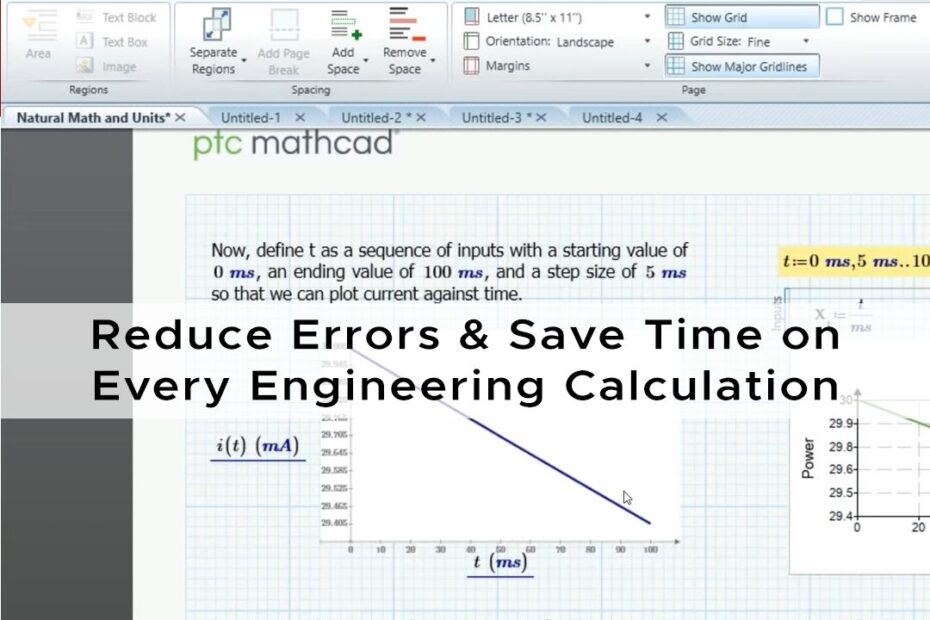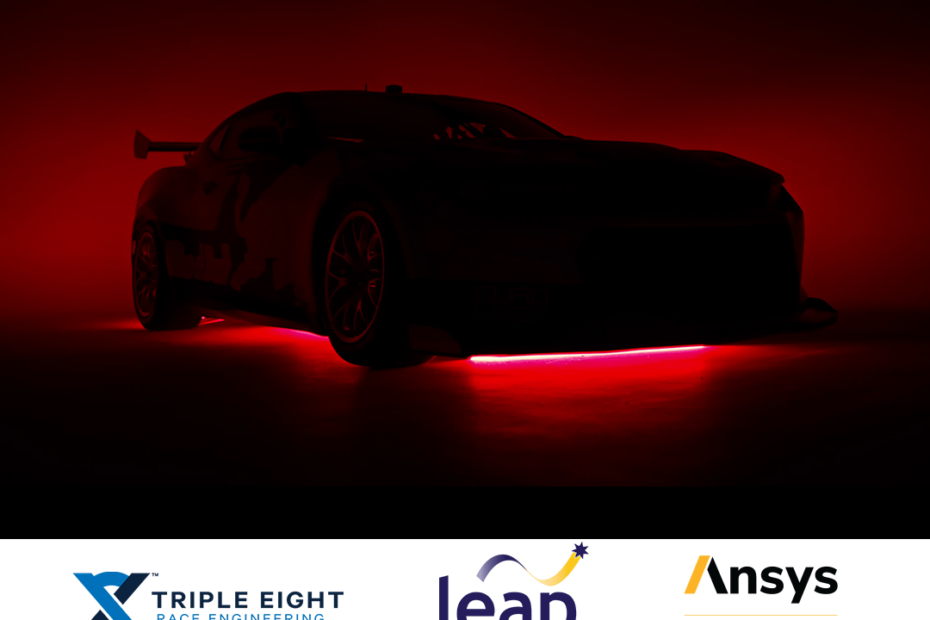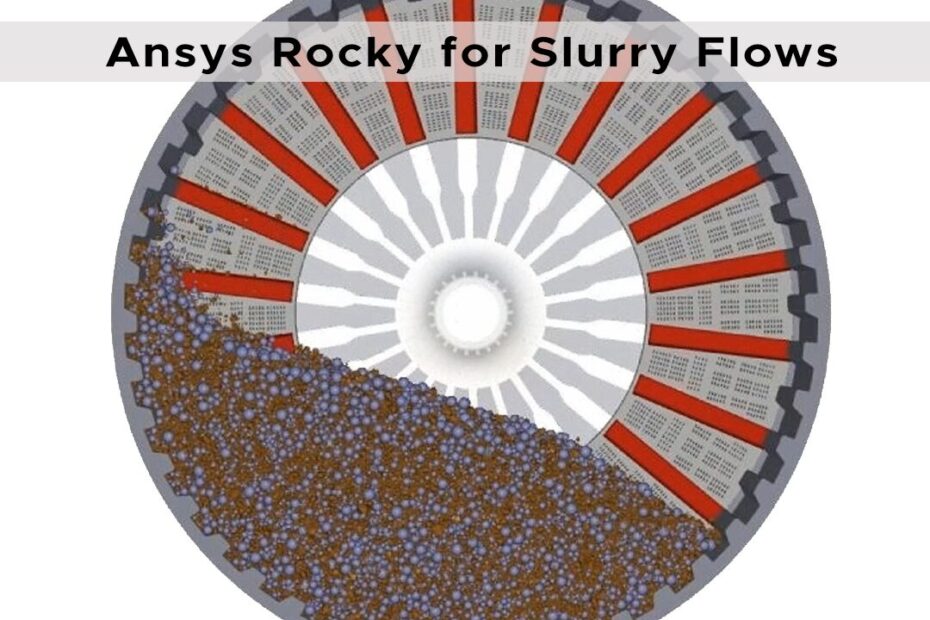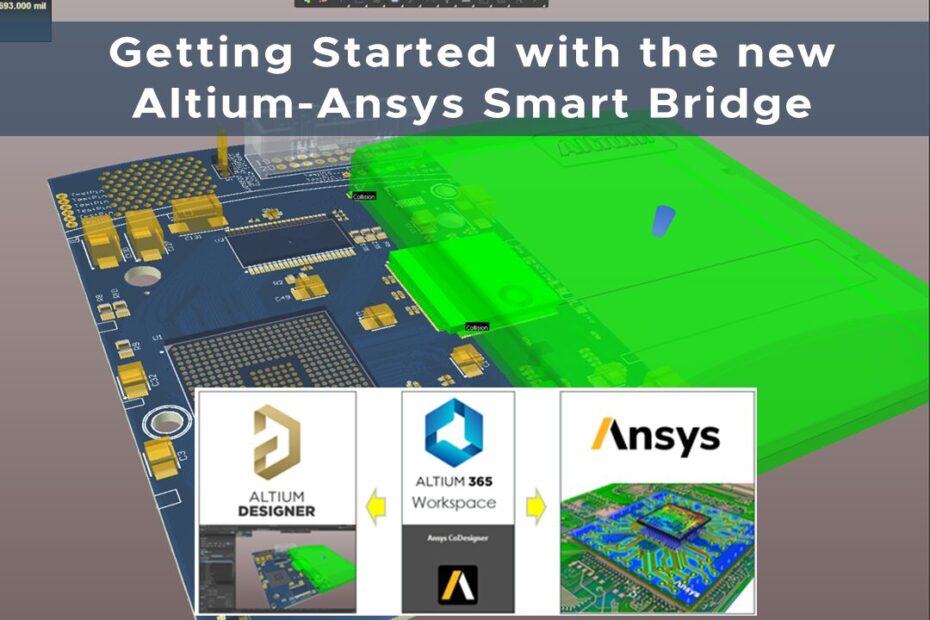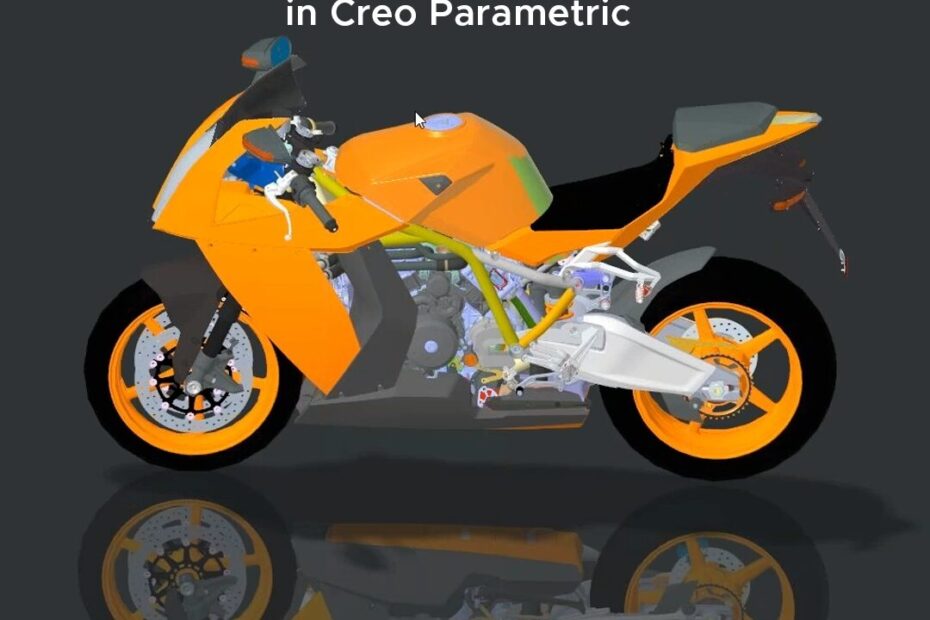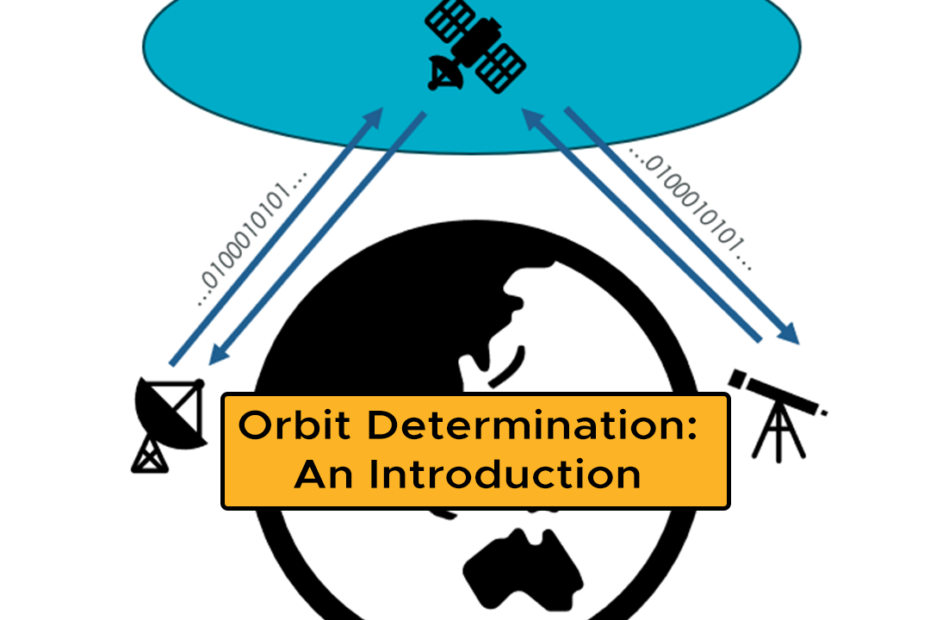STOP Analysis – Structural Thermal Optical Performance Analysis
We introduce the basics of Structural Thermal Optical Performance (STOP) Analysis and work through a real-world example for optical payloads on a LEO Satellite. STOP analysis is a critical design assessment for optical payloads, particularly those being deployed on systems requiring high-performance or operating in harsh environments.

